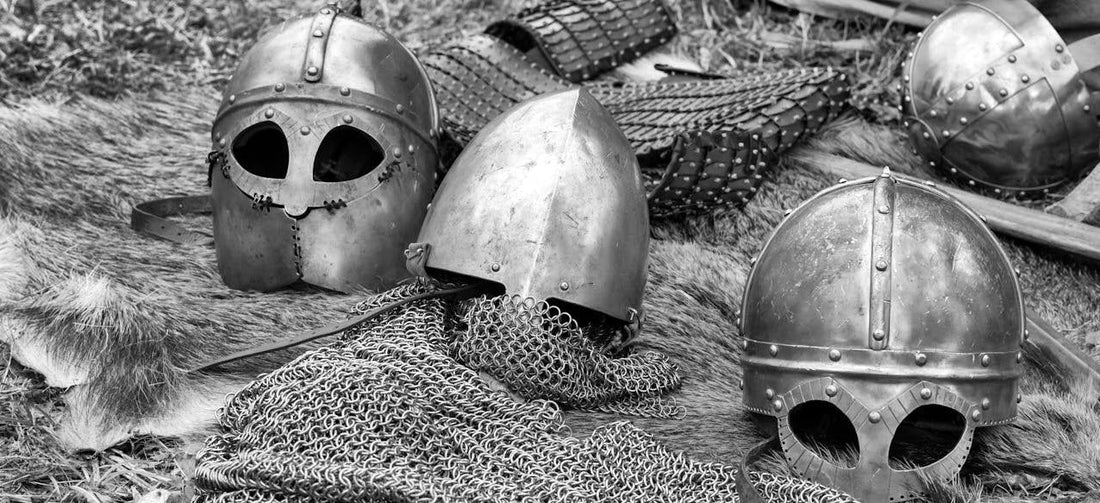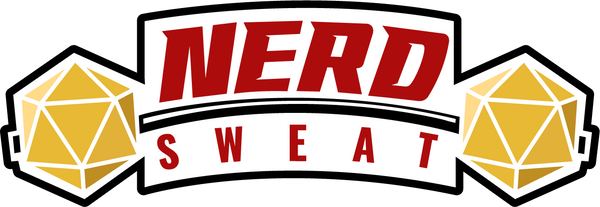
Bringing History to Life: Using RPGs to Teach Historical Events and Cultures
History is filled with stories of bravery, intrigue, and larger-than-life characters—so why limit learning about the past to dry textbooks and lectures? With the power of tabletop RPGs, history can transform from a passive subject into an active, immersive experience. When players become historical figures, navigate real-world conflicts, and make choices within the framework of a specific era, they don’t just learn history—they live it.
But how do you turn historical events into compelling RPG adventures? Grab your quill (or dice), because we’re about to explore how to craft engaging, educational, and thought-provoking campaigns rooted in the past.
Step 1: Choose Your Historical Setting
History offers endless inspiration, but the best RPG settings are those rich in conflict, culture, and decision-making. Here are a few examples:
- The Viking Age – Players could be Norse explorers sailing to Vinland, deciding whether to trade or fight with the native Skraelings (Indigenous peoples).
- The Fall of the Roman Empire – As senators, generals, or citizens, players navigate political intrigue and invasions while trying to shape the fate of Rome.
- The Silk Road – A merchant caravan traveling across Asia faces natural disasters, bandits, and shifting alliances while uncovering cultural exchanges between East and West.
By choosing an era with well-documented events and diverse perspectives, you ensure that every session is filled with authentic, engaging challenges.
Step 2: Create Historical Tension & Player Agency
A great historical RPG campaign isn’t about reenacting events exactly as they happened—it’s about placing players in the middle of history’s big what ifs.
Imagine running a campaign during the American Revolution, but instead of simply playing as soldiers, players take on the roles of spies, smugglers, or politicians trying to sway the tide of war. Do they secretly deliver intelligence to Washington’s forces, or do they attempt to forge peace before bloodshed escalates?
Or what about a Renaissance Italy setting where players serve a powerful noble house, influencing art, science, and warfare as they navigate the rivalries of Medici Florence? Should they support Leonardo da Vinci’s latest invention, or use political maneuvering to ensure their family’s rise?
By allowing players to shape events through their own actions, history becomes a playground of possibilities rather than a rigid timeline.
Step 3: Balance Realism with Accessibility
Historical RPGs work best when they strike a balance between accuracy and playability. While it’s tempting to overload sessions with deep research, remember that fun and engagement should come first.
Ways to Keep It Accessible:
- Use a lightweight system like Fate Core or GURPS if you want flexible mechanics over rigid rules.
- Encourage character-driven storytelling rather than info-dumping historical facts.
- Use historical accuracy as a guideline, not a constraint—if a slight timeline tweak makes for better storytelling, embrace it!
For inspiration, check out RPG systems designed for historical settings, like:
- Lex Arcana (Ancient Rome with supernatural elements)
- Night Witches (WWII female Soviet pilots)
- Colonial Gothic (American Revolution with a supernatural twist)
Step 4: Incorporate Primary Sources & Artifacts
One of the best ways to deepen immersion is to bring in actual historical texts, maps, or images.
- Old Letters & Documents – Let players decode messages from real historical figures. (The British Library and The National Archives have fantastic digital collections.)
- Period Maps – Use real maps of ancient cities to help players visualize their surroundings. (David Rumsey Map Collection is an incredible resource.)
- Historical Art & Music – Playing Renaissance lute music or showing medieval paintings can instantly transport players into the era.
These artifacts aren’t just cool props—they give players a tangible connection to the past.
Step 5: Use History to Spark Reflection
Perhaps the greatest power of historical RPGs is their ability to encourage contemplation and discussion.
- A campaign set in World War I might explore the ethical dilemmas of soldiers on both sides of the trenches.
- A game set during the Mongol Empire might challenge players to rethink their assumptions about conquerors and empire-building.
- A French Revolution adventure might force characters to decide: do they stand with the people, or try to preserve the monarchy?
By placing players in the shoes of people who lived through history’s toughest moments, RPGs can spark meaningful conversations about morality, culture, and the human experience.
The Adventure Begins
History isn’t just a series of dates and events—it’s a tapestry of stories waiting to be told. By weaving RPGs into historical education, we can make the past feel urgent, relevant, and alive. So whether you're leading a Viking expedition, surviving the Great Fire of London, or shaping the fate of dynasties, remember: history isn’t something we just learn—it’s something we experience.
Now, grab your dice and take your first steps into the past. Who knows what legendary stories you’ll uncover?
Resources for Historical RPGs:
- The British Library Digital Collection – Access historical texts, letters, and maps. (www.bl.uk)
- David Rumsey Historical Map Collection – A treasure trove of old maps. (www.davidrumsey.com)
- The Public Domain Review – Free historical art, writing, and documents. (www.publicdomainreview.org)
- RPG Systems for Historical Play – Lex Arcana, Night Witches, Colonial Gothic, GURPS Historical Series
